Lavender Vera
$4.49
Lavandula Angustifolia
- Seed Count 250
- Drought Tolerant
- Height 120 cm
- Perennial
Out of stock
Email when stock available
Description
Lavender Vera is an outstanding heirloom lavender known for its sweet fragrance and dark lavender flowers. A delicate and versatile variety, that is especially cherished for its elegant appearance and lovely scent. It is a compact perennial that is both tolerant of poor soils and water wise. This lavender is fast-growing, long-blooming, and very hardy. Also a big hit with the beneficial insect population.
It has many uses both in the home and in the medicine cabinet. Lavender is generally used in herbal remedies for headaches, depression and insomnia and it makes a beautiful perfume. In the kitchen, you can use it to make soft drinks, biscuits and cakes and even flavour desserts like sorbet and ice cream! Unlike humans, pests such as mice, flies, mosquitoes and moths cannot stand the smell of lavender so it is useful to repel these insects in the home.
Germination rates can be improved by cold stratifying the seed prior to sowing. To do this mix equal parts of seed and damp sand in a container and store in the refrigerator (not freezer) for 6 weeks. Do not use sand that is dripping wet otherwise your seeds may rot. Remove the container from your refrigerator and sit the container in lukewarm water overnight before sowing out the seeds. This process tricks the seeds into thinking they’ve experienced a cold Winter and the warm soak afterwards helps to speed up germination.
Remove the lavender seeds from the refrigerator after the cold stratification period. Allow them to reach room temperature while preparing a sowing container for them.
Fill a 5 cm deep nursery tray with a mixture of equal parts washed medium-grit sand and seed-starting compost. Mist this sand mixture until it is saturated, then let the excess water drain off.
Create shallow, 1 cm deep furrows across the surface of the sand mixture. Drop the lavender seeds into the furrows, aiming for one seed every 2 cm. Sprinkle a very thin layer of sand over the lavender seeds so they are barely covered but still exposed to the light. Lavender seeds need light to germinate, so be sure not to bury them. Mist the sand heavily to settle it around the seeds.
Place your tray or pots where they will receive 8-10 hours of sun exposure daily. Whenever the sand mixture feels dry on the surface, mist with a water bottle so as not to disturb the seeds. Three weeks after germination transplant your lavender seedlings into individual 5 cm pots filled with the sandy potting mix.
Grow your newly transplanted seedlings in partial sun for one to two months. For their final position they should be should be located in areas of full sun with adequate drainage and spaced far enough apart to ensure good air circulation. This will help reduce the chance of developing root rot. The best time to cut and harvest the flowers of lavender is the second flowering season.
| Method: Raise seedlings | Soil Temp: 10°C - 25°C |
| Cool Mountain: Nov - Dec | Germination: 14 - 21 Days |
| Arid: Aug - Jan | Position: Full sun |
| Temperate: Sep-Nov, Mar-Jun | Row Spacing: 1m apart |
| Sub Tropical: May - Oct | Planting Depth: 3 mm |
| Tropical: Jun - Aug | Harvest: 365 days |
Order Times
Seed orders are normally dispatched within three business days. You will receive an email when seeds are mailed out.
Postage Days
Seeds are mailed out Monday to Friday at 1pm. Except for the Friday of long weekends.
Postage Times
WA 2-3 Days: SA,NT 3-5 Days: NSW, ACT, QLD, VIC: 5-7 Days
Carrier
We use Australia Post Letter Postage for the majority of orders
Not only are our seeds packed in recycled paper envelopes, we keep the theme going when we post out website orders. To protect your seeds from moisture and the letter box munchers (snails), we use a very special plastic free material made from plants. They are then put into recycled mailing envelopes. Green all the way 💚🌿

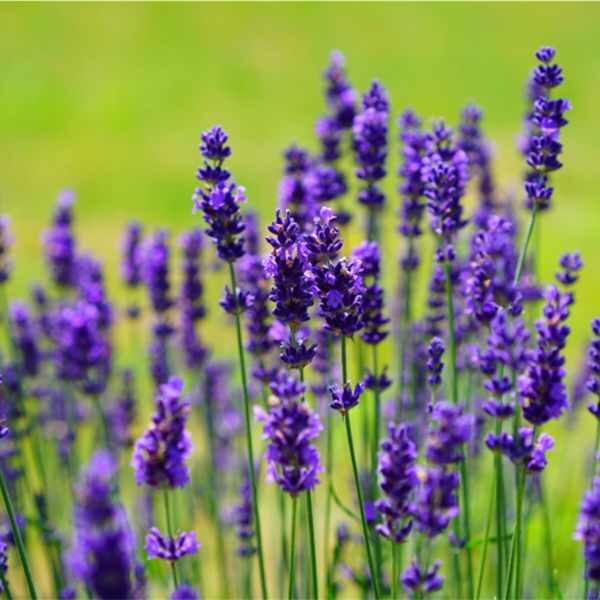



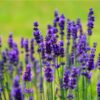


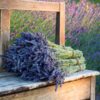

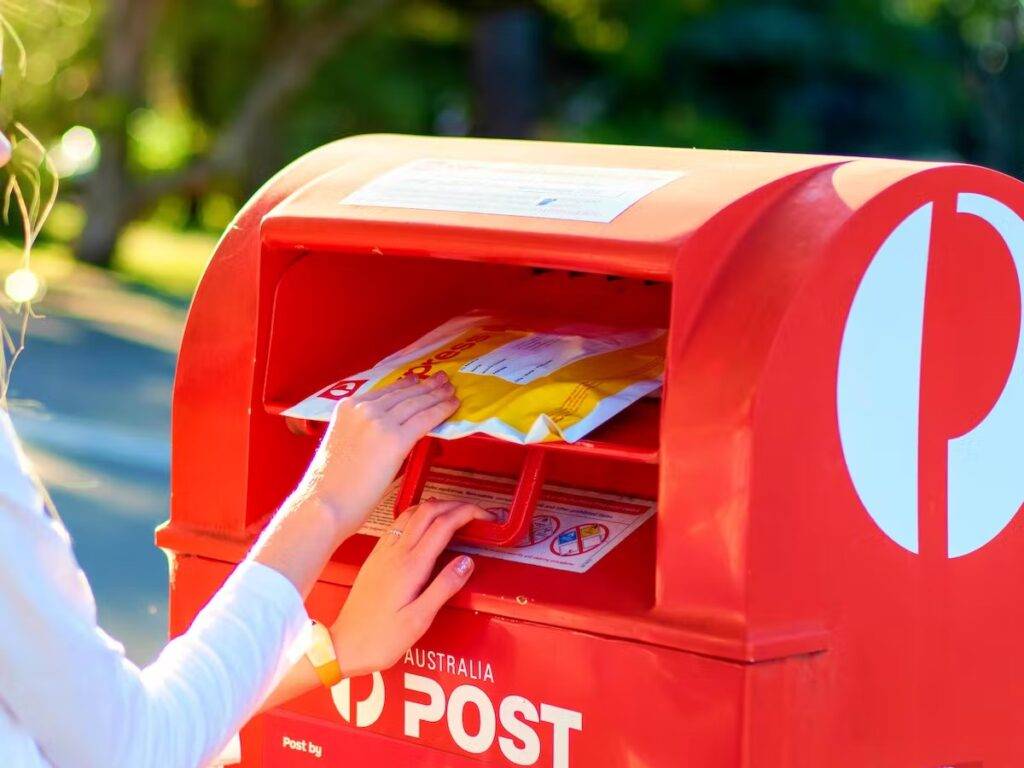
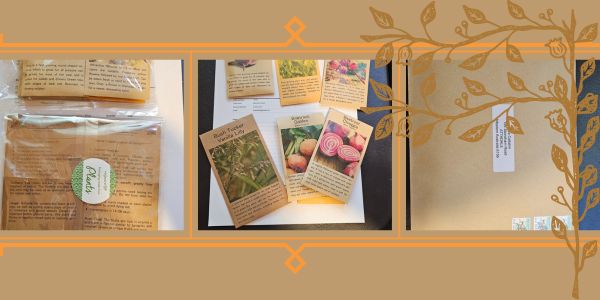
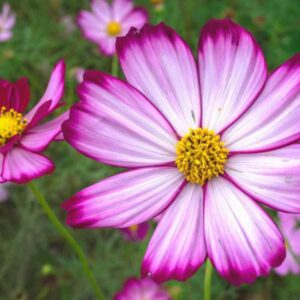
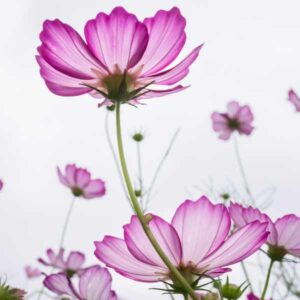
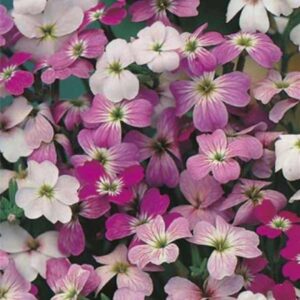
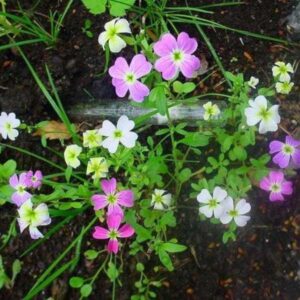
Not planted as yet due to hot weather